Glossary
- Accessibility standards:
- There has been a big push to design for those who may have impaired vision or disabilities. While some people may have an easy time viewing your logo, others might not! Thus the need for accessibility standards. These standards help us design with all users in mind and go a long way in helping others!
- Color palette:
- This simply refers to a selection of colors from which you’re working with! This is meant to help keep your design consistent and aesthetically pleasing. It is typically made up of 3-5 colors that work well together. Picking these colors can be difficult, which is why we recommend utilizing tools like Coolors to help you along the way!
- Composition:
- This refers to the arrangement of objects, whether in an image or in an entire layout, in a way that it looks visually appealing to the viewer. Heres how you can learn more about what makes a good composition!
- Hex code:
- Every color we see can be given a value that is called it’s hex code. This is typically presented as a hash (#) which is followed by a sequence of numbers or letters, sometimes both! This allows us to recall specific colors rather than just saying “light green”. Don’t worry though, most tools like this color picker will provide you with the hex code of any color you choose!
- License/licensing:
- Things like typography, artwork, fonts, etc., can be protected by copyright law, which means permission is required in order to use! Knowing what can and can’t be used is important, which is why checking the licensing information is crucial. In some cases, owners will allow you to use their work so long as they are given credit, also known as attributing. Pexels.com is a great website where you can find free to use stock images, though giving credit to the photographer never hurts!
- Logo:
- A logo is your company’s symbol! It can be made up of images or words, in some cases both! Think of the popular logos you might see all the time, like McDonalds or Amazon. These logos are easily recognizable and share a strong identity with the company they represent. They’re meant to catch attention and help build the company’s brand, so it’s important that your logo matches your company’s personality!
- Pixelization:
- Images are made up of individual pixels, just like our phone and computer screens! These tiny little pixels work together to create a full picture. However, when small pictures are sized up too large, you can start to see these individual pixels which is what creats a blurry look.
- Search Engine Optimization (SEO):
- Search Engine Optimization is the process that determines where your website falls in a search result and how many people see it as one of the top results. It helps in making your site visible based on the search terms people use. The content quality and keyword search are the main factors of content optimization.
- Typeface:
- Typeface refers to a specific design of characters (numbers and letters). While it’s easy to assume that a typeface and font are the same thing, a typeface is actually the entire family that a font belongs to! Still confused? Think of it like this: Times New Roman is a typeface, Times New Roman Bold is a font!
- Typography:
- This is best described as an umbrella term when it comes to printed (text) content. This includes things such as color, typeface, alignment, etc. You can learn more about the world of typography here!
- Wordmark:
- Remember, a logo is a company’s symbol, and they can come in many different forms. A wordmark is one of them! This type of logo focuses mainly on words instead of imagery. Companies like Google and FedEx use this kind of logo. You can learn more about the other types of logos by clicking on this link!

